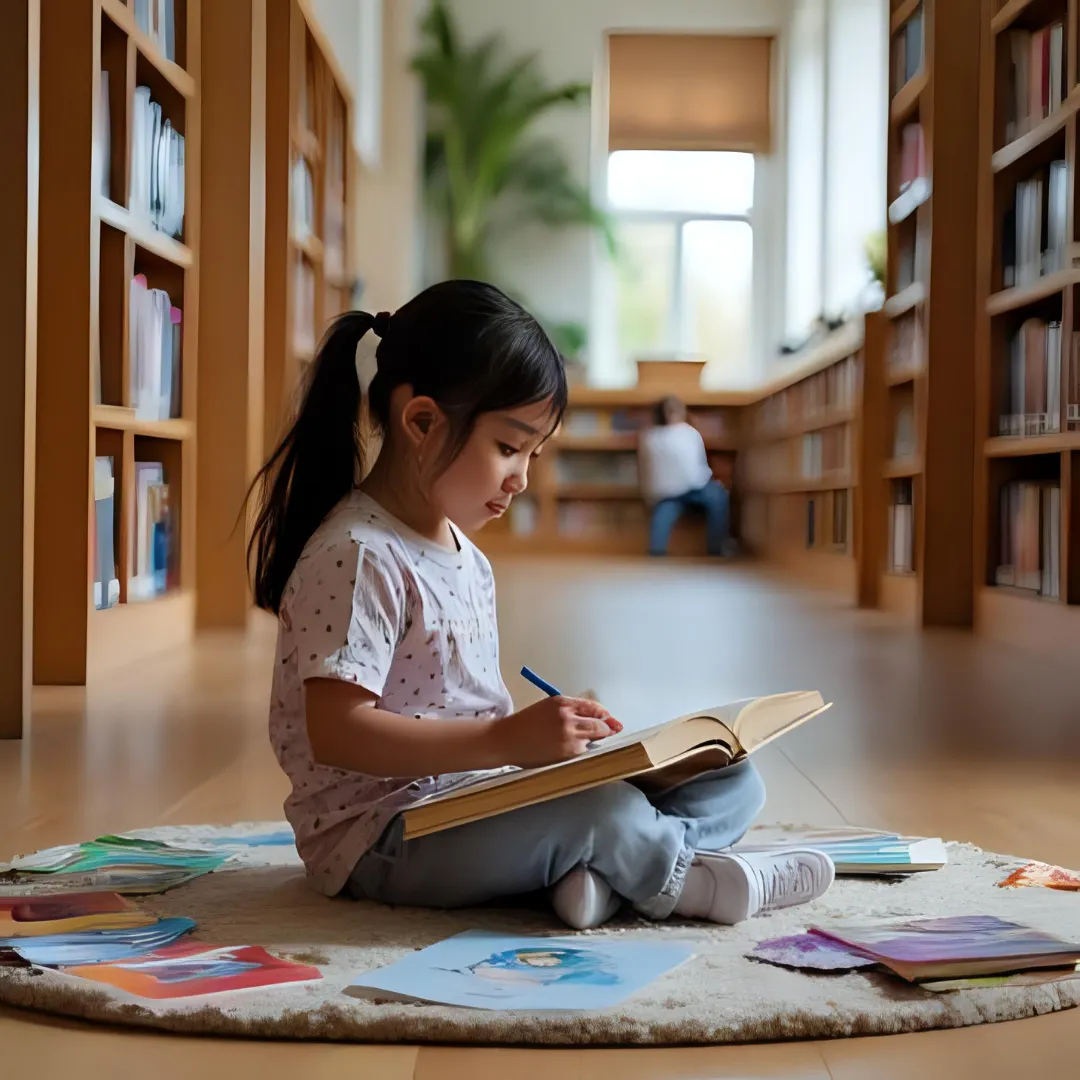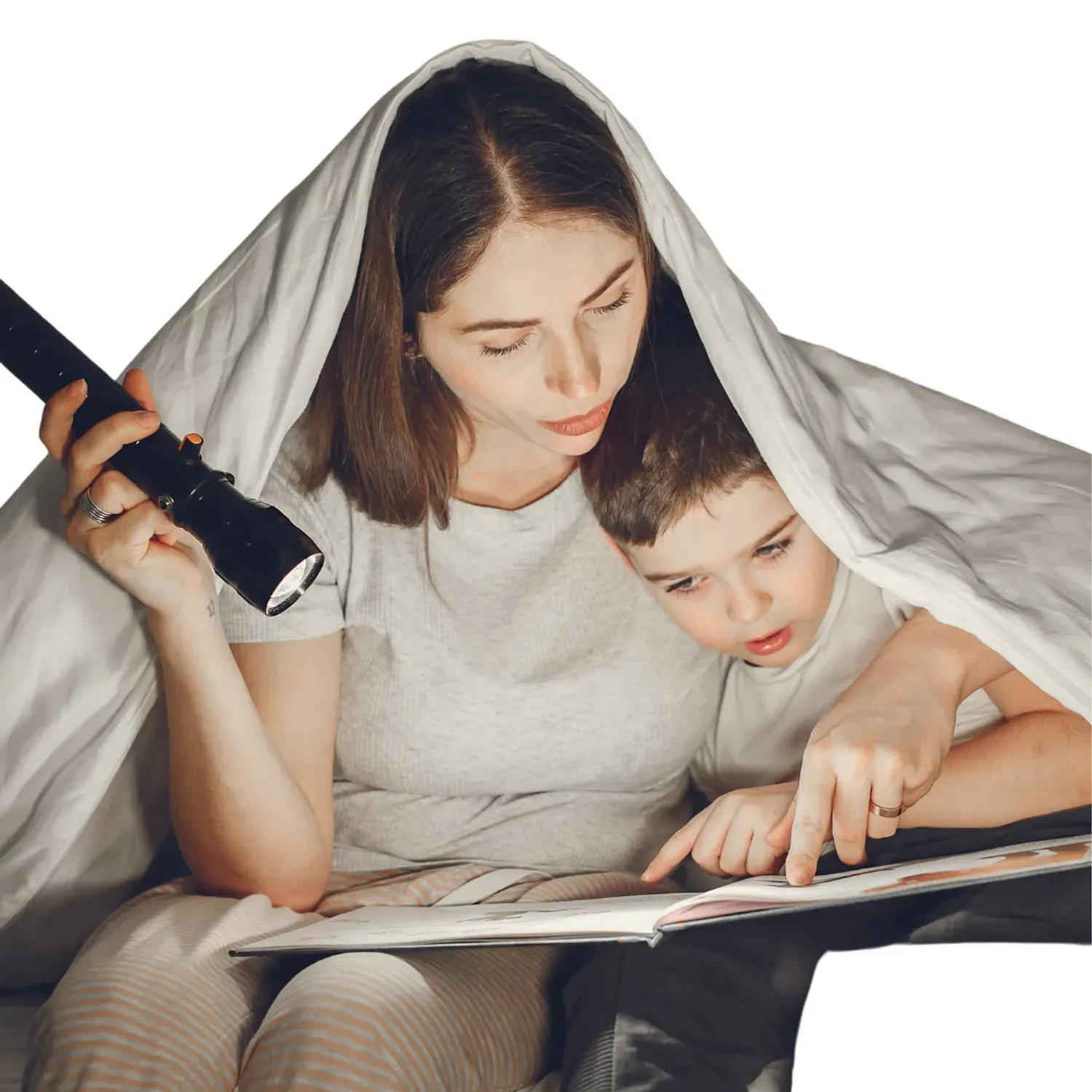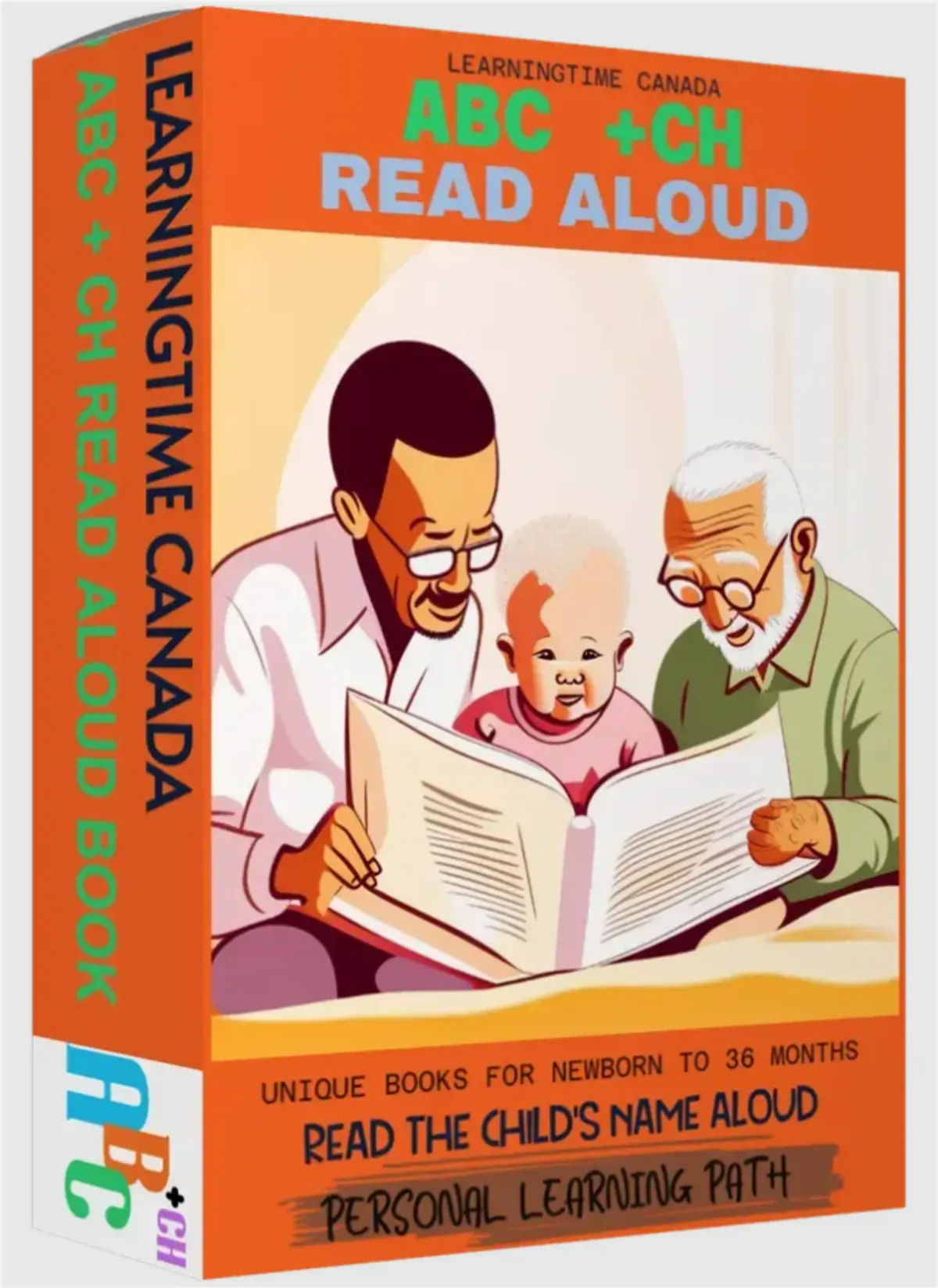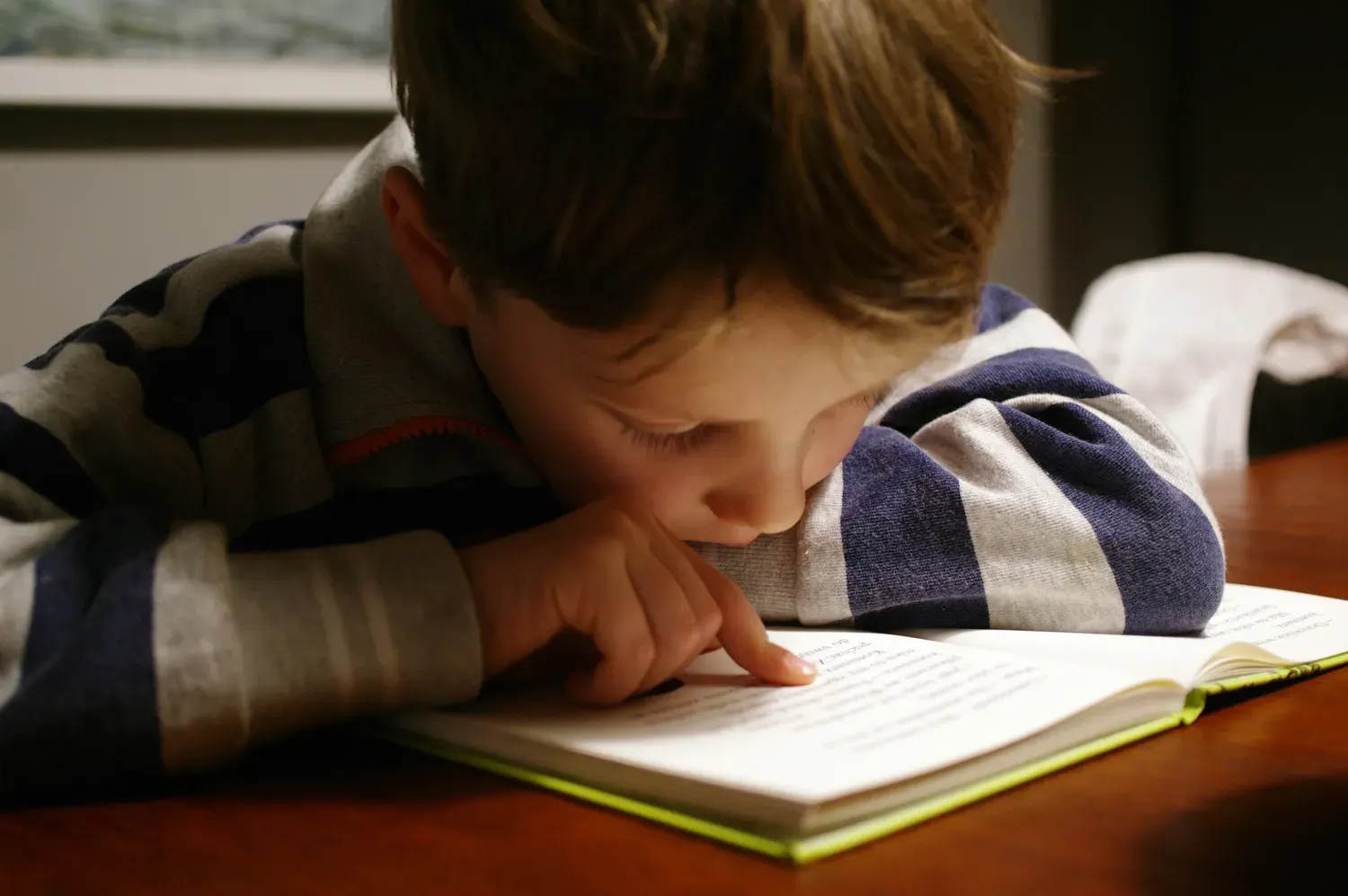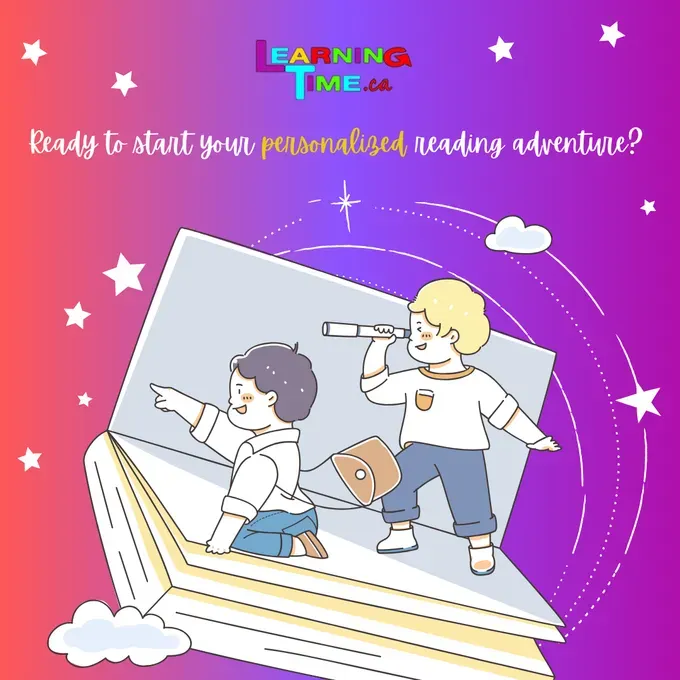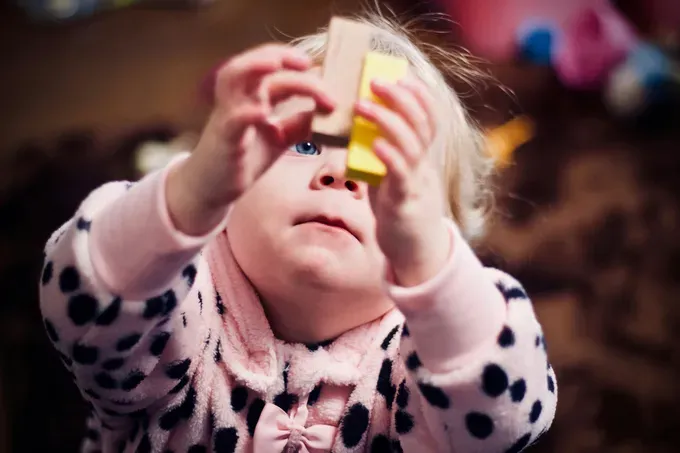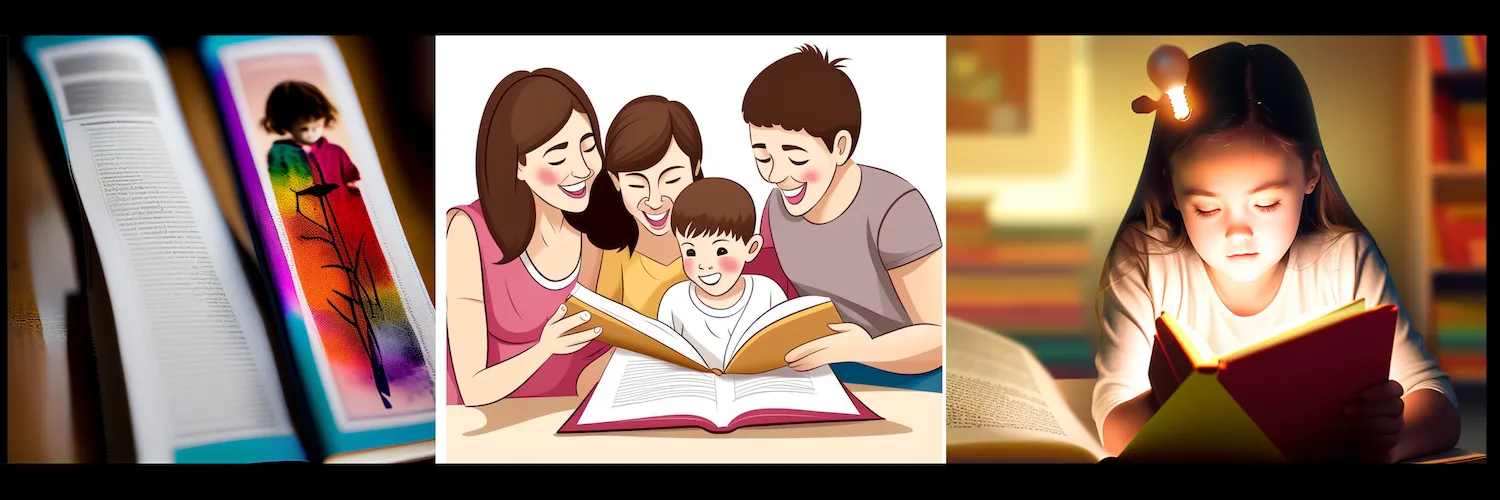Mastering the Art of Telling Time: A Parent's Guide
Expert Guide to Telling Time: Mastering the Art Of Time-Telling
Key Highlights
- Teaching kids about time is a key skill that helps them handle their plans.
- Begin with the basics like what time is, how to read a clock, and the meaning of hours and minutes.
- Make learning enjoyable by using fun clocks, games, and real-life situations.
- Be patient and supportive since children learn in their own way.
- Encourage your child to use clocks often and to practice telling time in daily life.
Introduction
In today’s world, we see the time on screens all around us. It is very important to teach kids how to read an analog clock. While digital clocks show the time clearly, knowing how the hour and minute hands work on an analog clock helps children understand time better.
Also, learning about hour clock notation and how it connects to the 12-hour format on an analog clock gives them a good understanding of different ways to tell time.

Understanding the Importance of Time
Time is an important part of our lives. From when we wake up until we go to bed, we deal with time every day. Knowing how to read a clock is just one part of understanding time. It also includes learning how to manage our time, plan things, and stay organized.
Teaching kids about time is a great gift that will help them forever.
By helping them learn to manage time, we allow them to handle their schedules, meet deadlines, and make smart choices about using their time wisely.
Why Learning to Tell Time is Essential
Learning to tell time is a key skill that helps children feel independent and responsible. When they learn to read the hour hand and understand units of time, they can keep track of their daily tasks, plan for the future, and be on time for their appointments.
This skill is not just practical. It also helps with a child's thinking skills. Learning to tell time improves their understanding of numbers, sequences, and patterns. It also encourages them to manage their schedules, making them accountable for their own time.
By teaching children this important skill, we help them handle their daily lives with confidence.
It prepares them for a lifetime of managing time well and being responsible.
The Role of Time in Daily Life and Development
Time is very important in a child's daily life. It influences their activities from morning to night. As kids grow up, they learn about time better. They start to understand how time passes in minute intervals, hours, and days.
This knowledge helps them create routines, like bedtimes, mealtimes, and school schedules. Routines give kids a sense of structure and safety. This makes them feel stable and happy. Moreover, learning to tell time helps kids think better. It aids their ability to plan, organize events, and grasp cause and effect.
When kids get better at telling time, they feel more independent and responsible.
This helps them handle their own schedules and decide how to spend their time wisely.

Preparing to Teach Time-Telling
Teaching a child to tell time can be fun and needs patience and creativity. It is important to have a positive learning space before going into clocks. Start by checking what your child knows about time.
Do they understand morning, afternoon, and night? Do they know that time goes on?
When you know what they already understand, you can adjust how you teach them to fit their needs and style.
Gathering the Right Tools and Resources
To make learning to tell time fun and effective, gather different tools and resources. An interactive clock with movable hands is a great visual aid. It allows children to move the hour and minute hands, which helps them see how the clock works.
Colourful worksheets with various clock faces and time-related activities are also useful. They give kids chances to practice and learn better. You can find many free printable worksheets online or make your own based on what your child likes.
Think about using books that teach time concepts in their stories. Engaging stories with relatable characters can make learning about time more enjoyable for kids. By adding these tools and resources to your teaching, you will create a lively and interesting learning space.
Creating an Engaging Learning Environment
Creating a fun and friendly place to learn is important for helping kids tell time. Pick a comfy and bright spot where your child can concentrate without any distractions. Use things they like, such as toys or a tablet, to make learning fun and interactive.
You can use a timer during playtime or other activities. Set the timer for a certain time and ask your child to finish a task or have fun during that time. Always remember that being patient and giving praise is very important.
Support your child's efforts. Celebrate their wins and face any problems together with care. By making a positive space for learning, you will help your child have a great time learning to tell time.
A Step-by-Step Guide to Teaching Time
Teaching about time is a journey you should take slowly. Start by showing your child the basic ideas about time. Then, build on that understanding step by step. Keep in mind that kids learn at different speeds. So, be patient and change your teaching style if necessary.
Make a fun and positive learning space. This way, your child will create a solid base for learning how to tell time.
Step 1: Introducing the Concept of Time
Start by talking about time in a way your child can understand.
- Discuss their daily activities and how long each takes. For example, breakfast happens in a small window of time, but playtime can last longer.
- Next, teach them about the basic units of time, like seconds, minutes, and hours.
- You can use tools like a sand timer or a stopwatch to show how long these units are.
- Help them engage their senses by connecting time to things they do every day.
- For instance, ask your child to close their eyes and count to ten slowly. Tell them that it takes about ten seconds.
- Then, you can talk about longer times using familiar examples, like how long it takes to walk to the park or watch their favourite cartoon.
Step 2: Understanding the Clock Face
Once your child understands the basics of time, you can show them the clock face. Use an analog clock that has clear numbers and easy-to-move hands. Learn about the different parts:
- The hour hand: This is the shorter hand that shows the hour.
- The minute hand: This is the longer hand that shows the minute.
Start with the hour hand. Tell your child that each number on the clock stands for an hour. The hour hand moves around the clock face during the day, showing what hour it is.
When your child knows the hour hand well, move on to the minute hand. Let them know that there are 60 minutes in one hour. The minute hand goes all the way around the clock in that time.
Show them the five-minute intervals on most analog clocks. Practice counting by fives as you move the minute hand.
Step 3: Learning Hours and Minutes
Now that your child knows about the clock face, it’s time to teach them how to read hours and minutes together. The hour hand shows the current hour. The minute hand shows how many minutes past the hour it is.
- Start by helping your child learn to tell time by the hour.
- Show them times on the clock where the minute hand points to 12, like 2 o'clock and 7 o'clock.
- Once they can easily say these times, teach them about half past the hour.
Let them know that when the minute hand points to 6, it means it’s half past the hour. Use phrases like "half past 2" and "half past 9" to help them remember this idea. You can also show them how to use hour clock notation along with the 12-hour format. For instance, 3:00 PM is the same as 15:00.

Step 4: Practicing with Real-Life Examples
Once your child knows the basics of telling time, it's important to let them practice in daily life.
- Encourage your child to use timers for things like brushing their teeth or finishing homework. This will help them understand time and how long things take.
- Point out the clock during the day and ask your child to tell you the time. You can say, "What time is it now?" or "When does your favourite show start?" Use real-life situations to show them how long different activities take.
- For example, say it takes 15 minutes to walk to school or that dinner will be ready in 30 minutes.
By adding time-telling into their daily habits, you will help your child strengthen their skills and relate the idea of time to what they do every day.
Digital and Analog Clocks
While analog clocks provide a visual representation of time, digital clocks display time numerically. Children need to be comfortable with both formats. Incorporate both analog and digital clocks in their learning environment.
Explain the difference between the two formats and how to read the time on each. For example, show them how 3:15 would look on both an analog and a digital clock.
You can use a table like the one below to help them visualize the comparison:
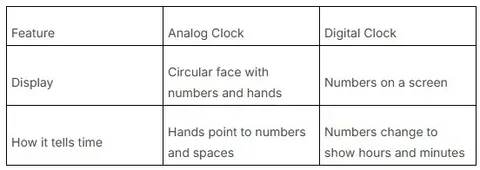

Conclusion
Understanding how to tell time is very important for your child's growth.
Teaching them to read a clock helps them in their daily tasks and also improves their thinking skills. By setting up a friendly learning space and using fun methods, you can make this learning enjoyable for your child. Always remember that patience and practice are essential for them to learn this skill well.
Start early, make it fun, and you will see how easily your child learns the concept of time.

Frequently Asked Questions
At What Age Should I Start Teaching My Child to Tell Time?
You can start teaching kids about time when they are 3 or 4 years old. Most kids, though, are ready to learn how to tell time better when they are between 5 and 7 years old.
How Can I Make Learning Time Fun for My Child?
Make learning about time enjoyable. Use interactive clocks. Play games that relate to time. Set timers for activities. Include time in your stories. Encouraging and rewarding good efforts really helps!
What Are Some Common Challenges Children Face When Learning to Tell Time?
Some children can find it hard to understand how a clock looks. They might have trouble telling apart the hour hand and the minute hand. They may also forget where the numbers are on an analog clock.
Are Digital Clocks Easier for Children to Learn Than Analog Clocks?
Understanding how to read an analog clock can be very helpful for kids. While digital clocks look simple, being able to read an analog clock teaches them about time. It helps them see how hours and minutes connect and understand that time is always moving.
References:
https://www.understood.org/en/articles/telling-time-how-to-teach-your-child
https://www.kiddieacademy.com/parents/early-learning-educational-resources/the-importance-of-teaching-kids-how-to-tell-time/
https://www.verywellfamily.com/how-to-teach-your-kids-to-tell-time-4177265
https://www.scholastic.com/parents/school-success/homework-help/telling-time.html
https://www.teachervision.com/telling-time/teaching-telling-time-in-3-easy-steps
https://www.thecraftyclassroom.com/telling-time-activities/
https://www.weareteachers.com/telling-time-activities/
https://www.education.com/resources/telling-time/

Written with Augmented Intelligence and SHiNER The HUMAN.
Please comment below if you have any questions or want to share your experiences. Happy teaching!
















